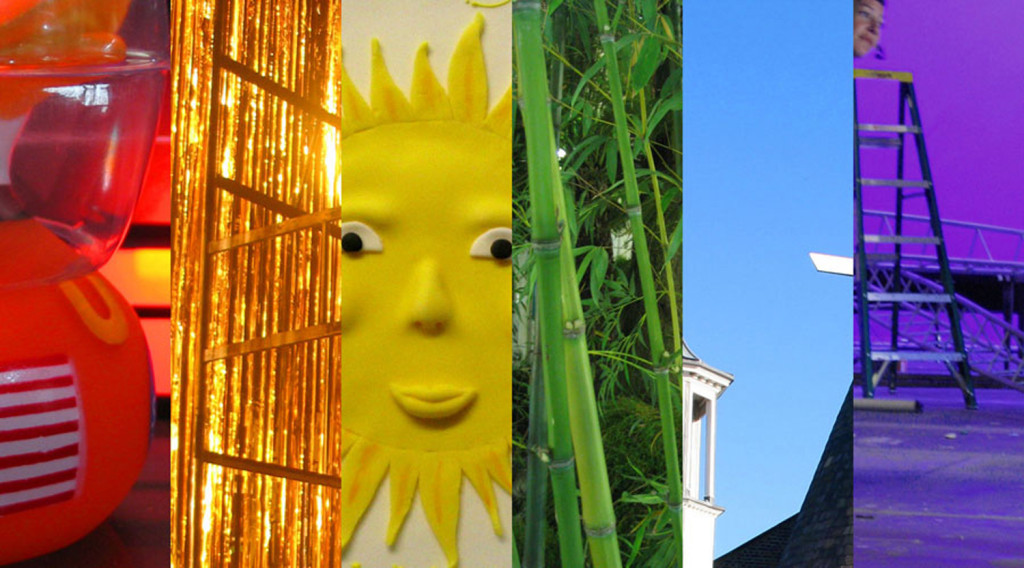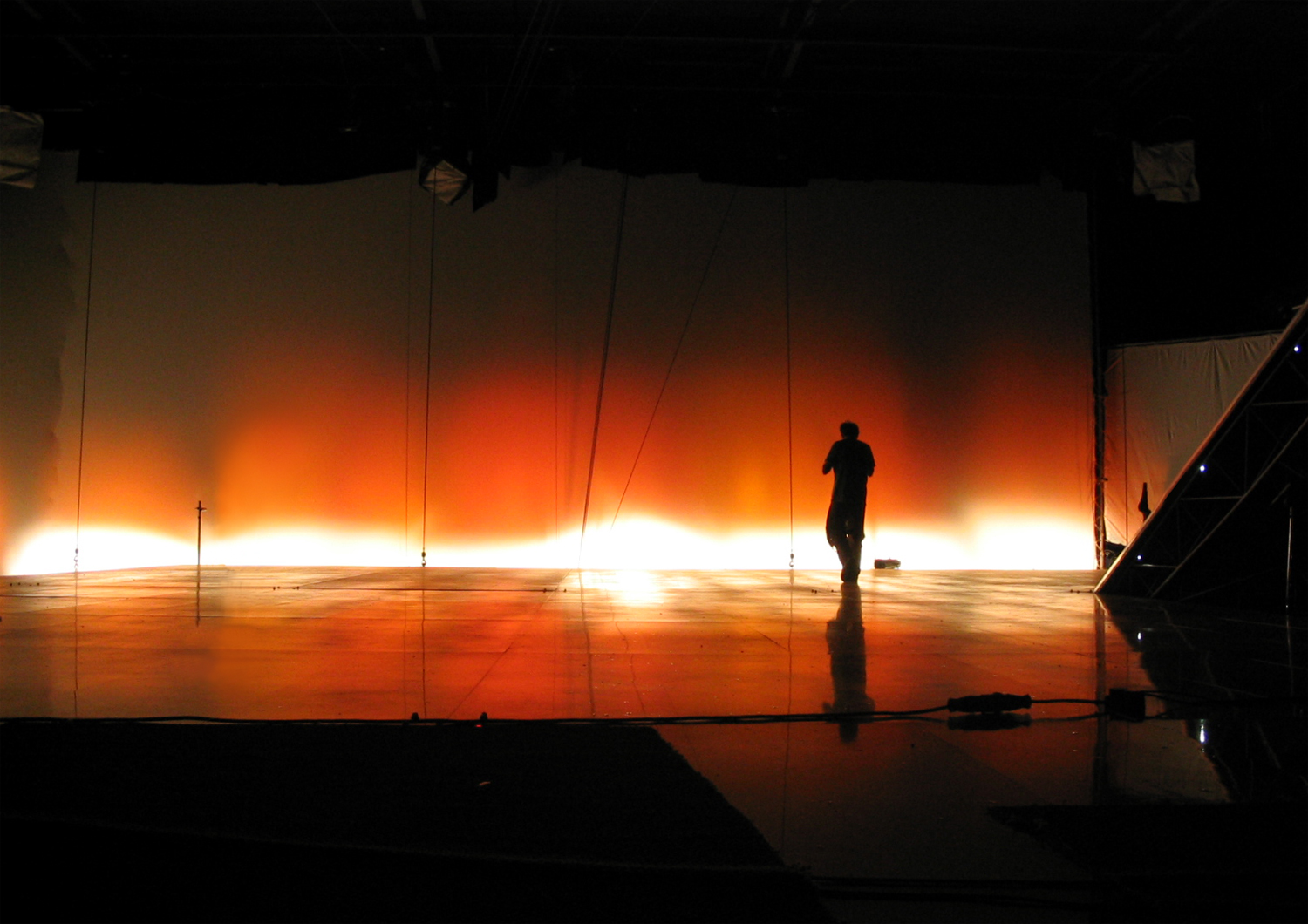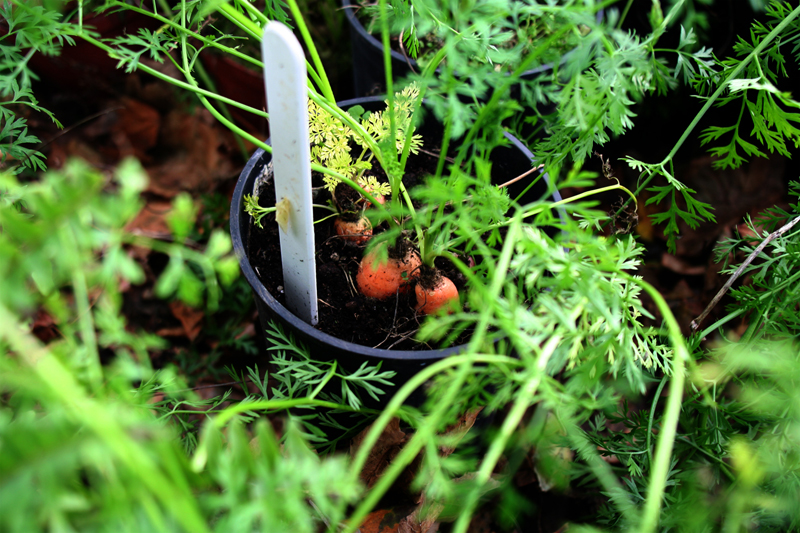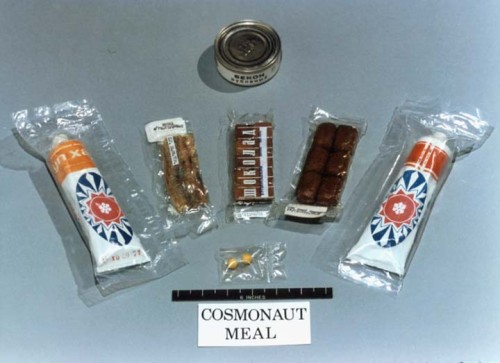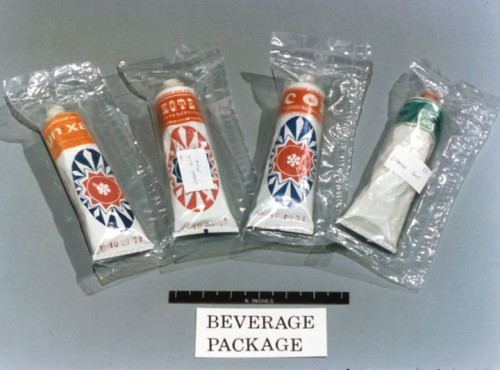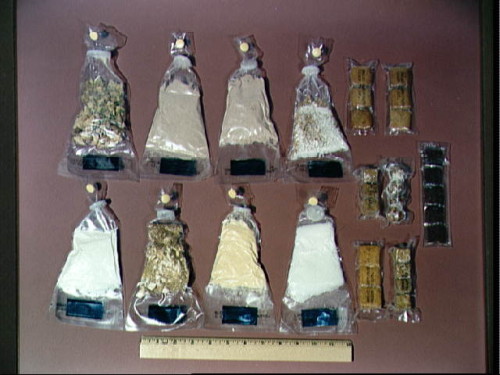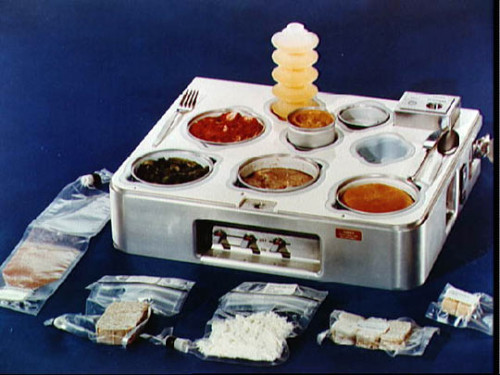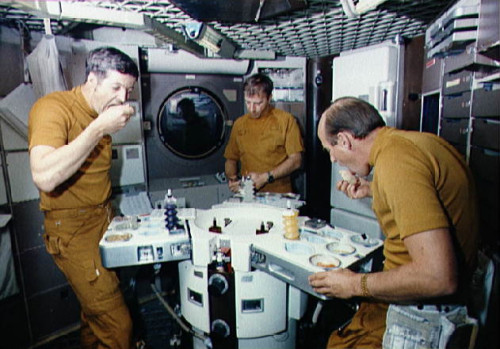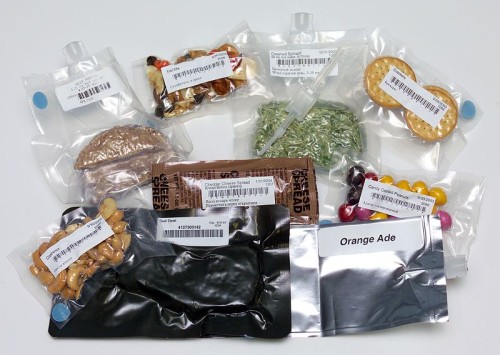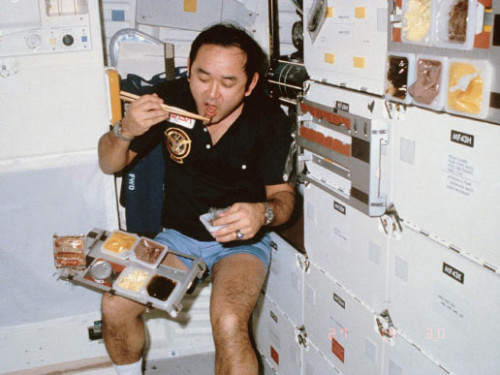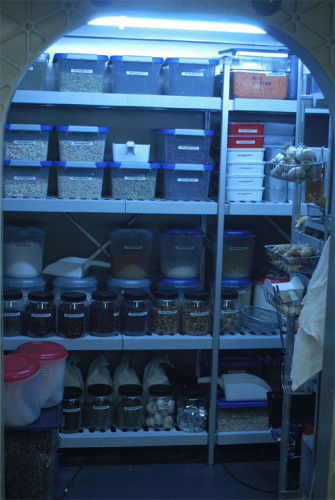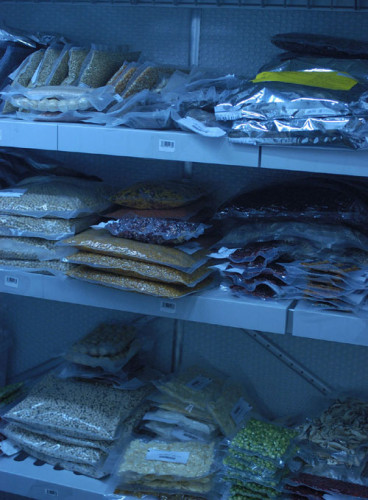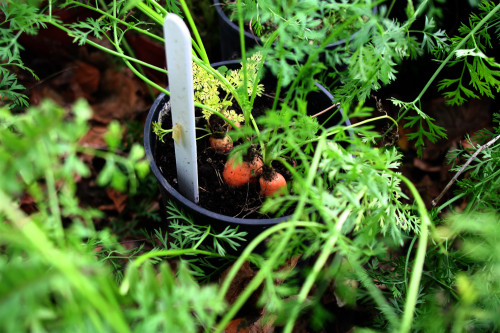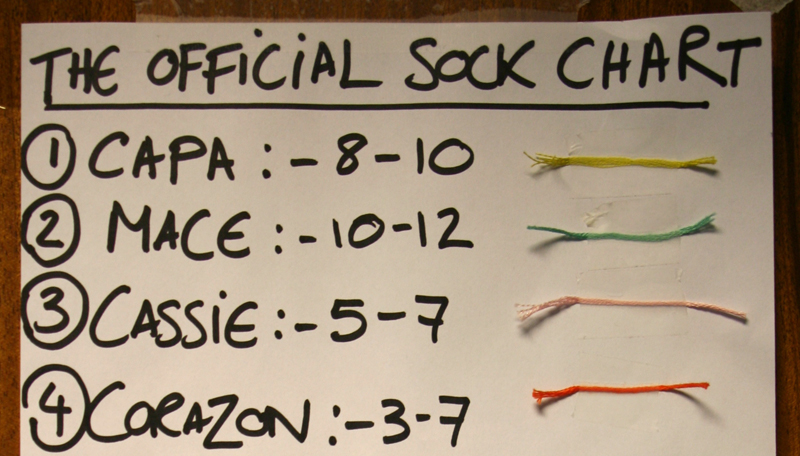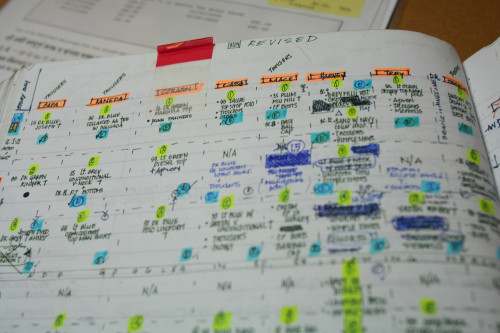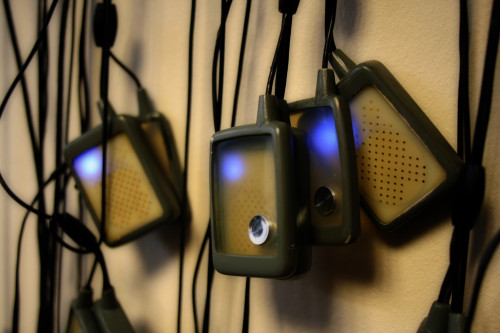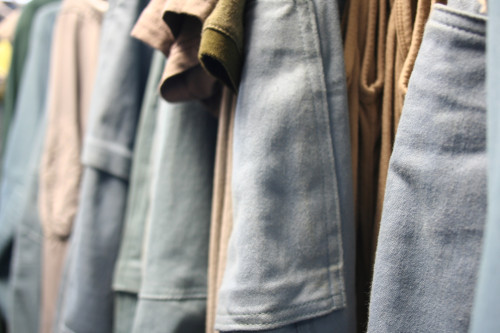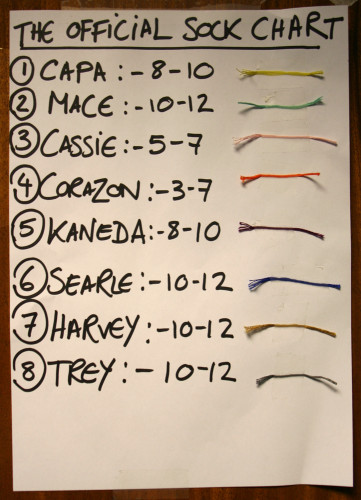Last Friday was the final day of filming for the main unit. The majority of the crew finished work then. There have been a few more shots done by the model unit and the second unit will be around until next Tuesday…
And then no more filming…
Everyone in production cleared out their offices. All I see when walking down the hallway looking into the rooms are empty desks, empty shelves, empty walls, full boxes.
At around 8pm last Friday night everyone from the production offices headed down to Stage C where they were setting up for the final shot (an extreme close-up of Cillian Murphy which will only last a fraction of a second in the finished film). Along with the crew, all the heads of department were there, everyone from the production office, loads of people from every different department, the craft services guys… me.
There was a real end-of-term feeling. Everyone was chattering away while the shot was being set up. The champagne was taken out of the boxes, glasses were set up, people got out a cigarette, ready to light, even people who don’t normally smoke…
“Quiet on the set!”
The camera started, action was called, there was a little explosion, Danny called ‘cut!’, they checked the gate and then…
“Thank you ladies and gentlemen… that is a wrap!”
Everyone cheered, then hugged and congratulated one another, the champagne started flowing, the cigarettes were lit, everyone chatted and joked, there was a real sense of relieved completion… I chatted to Andrew Macdonald, Alex Garland, Suttirat Anne Lararb, Mark Tildesley, Alwin Kuchler and Cillian Murphy… Dan, the Floor Runner/Cillian stand-in, was glad his extensions had been removed, Anna, the floor runner/Rose stand-in got the final autographs on her copy of the script, I grabbed the video camera from Phil so he could relax and chat… Soon, everyone started saying their goodbyes and asked if they’d be seeing each other at the wrap party and exchanging numbers and email addresses…
And then they were gone.
Many of those people I will never see again in my life.
Now, post-production starts. There will be far fewer people involved, but this is when the film really starts being made. Danny Boyle will be editing with Chris Gill, Tom Wood and his Visual Effects team will continue their hard work and more than likely several members of the cast will come back in order to do some ‘looping’ (re-recording dialogue that can’t be used from the sound recorded on set). There are many months of long, hard work ahead…

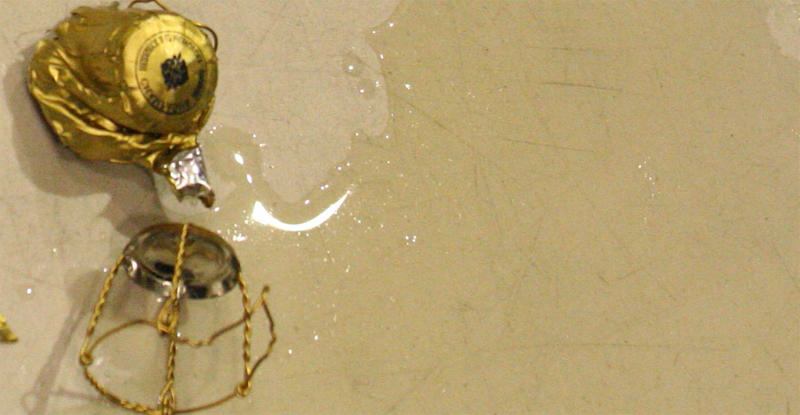
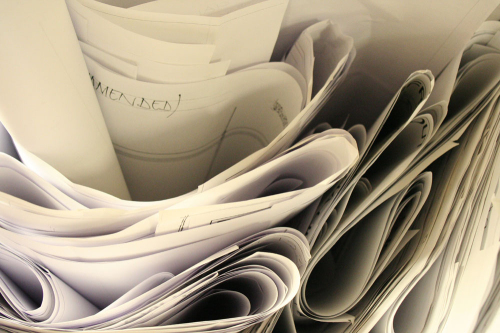
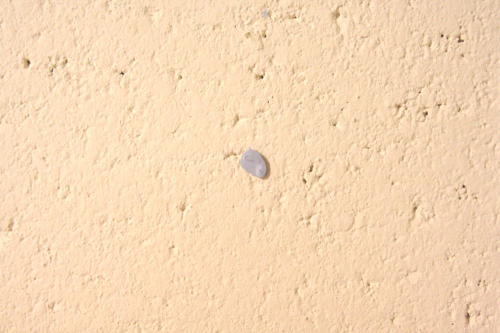
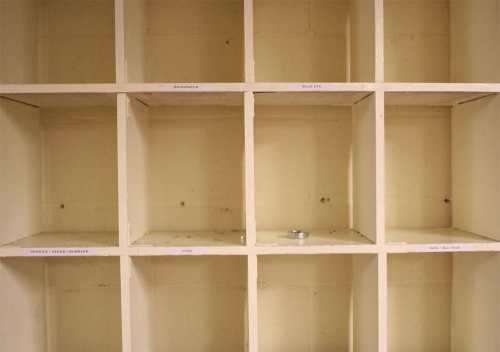
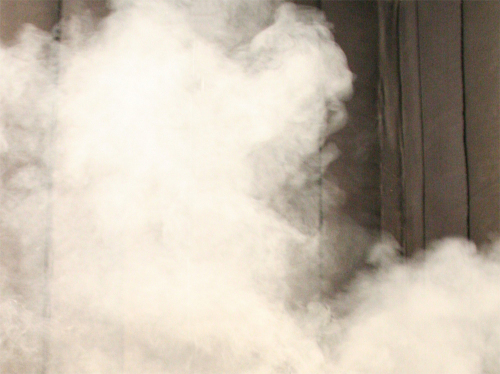
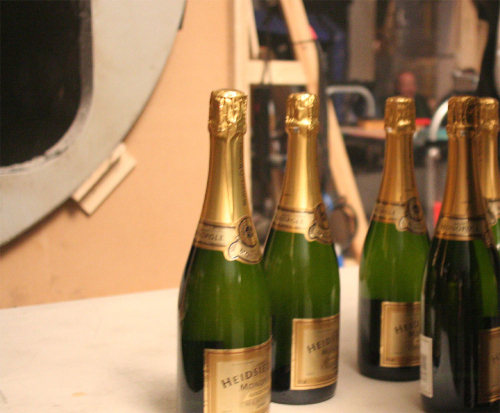
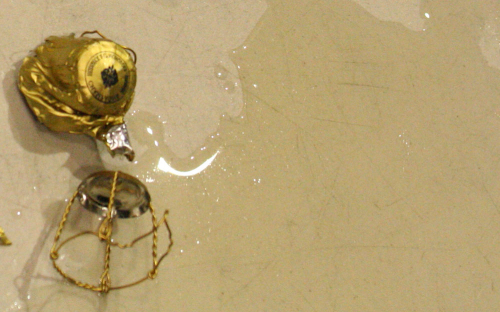
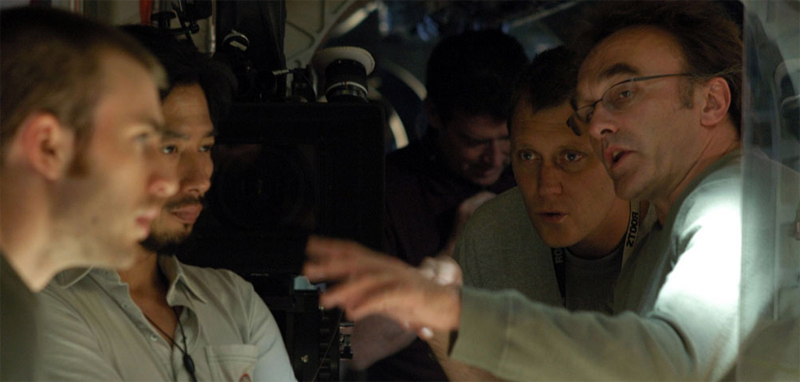
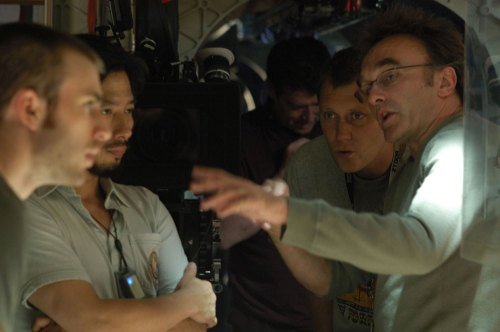
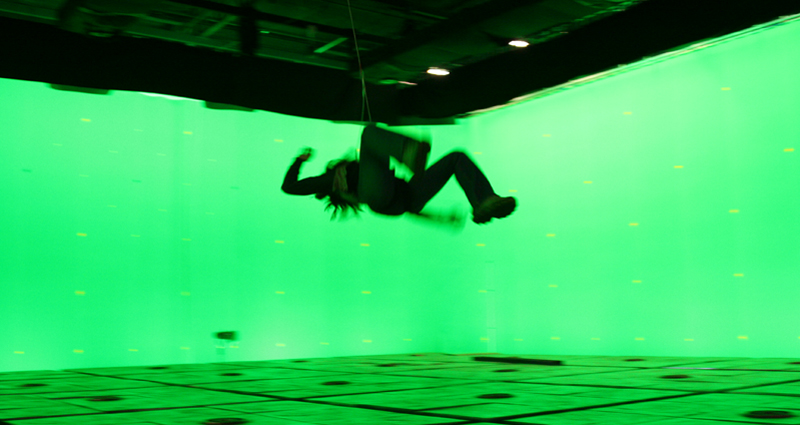
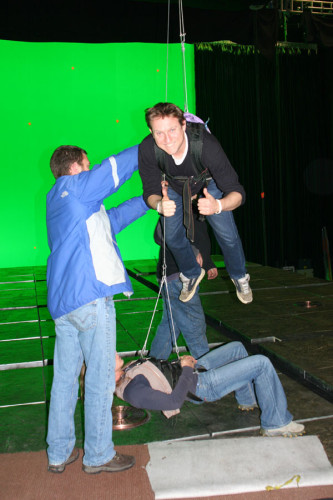
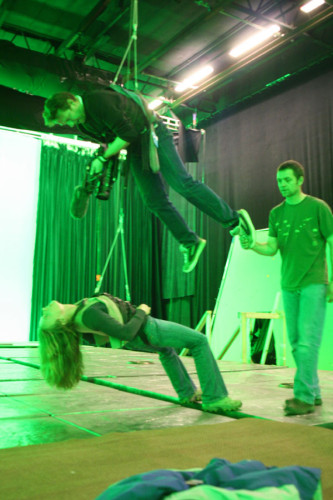
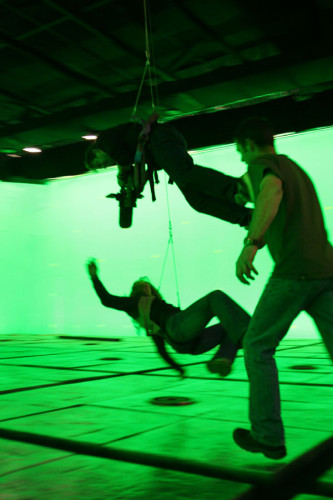
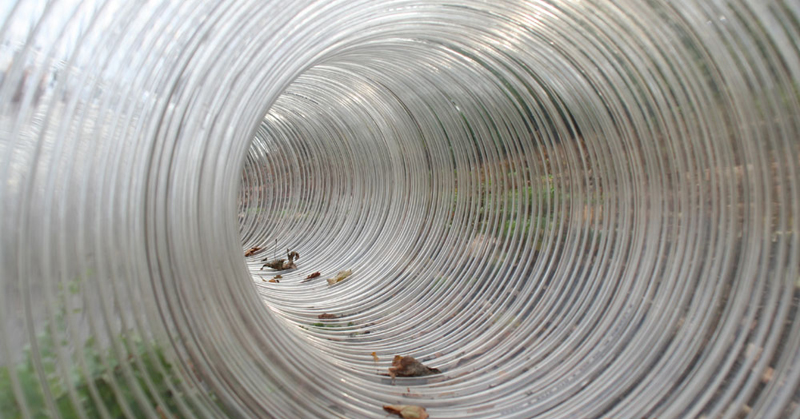
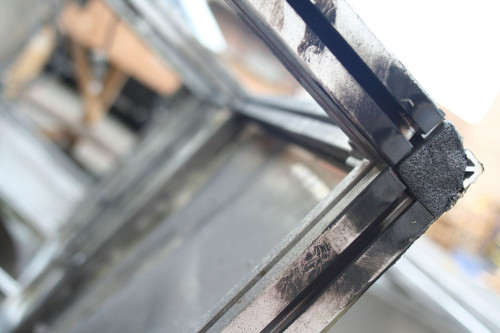
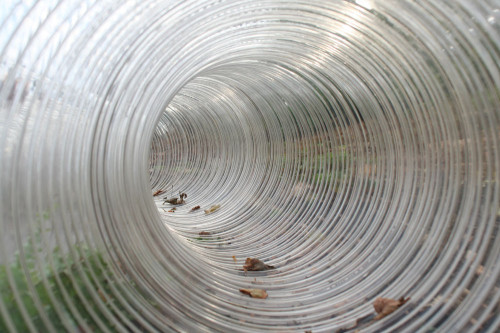
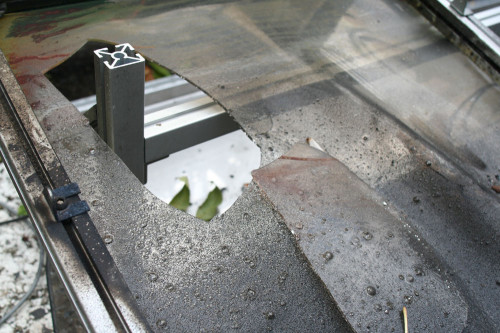
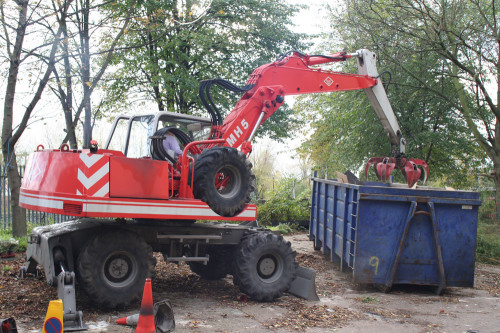
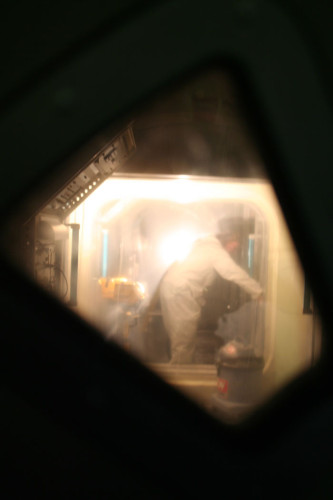
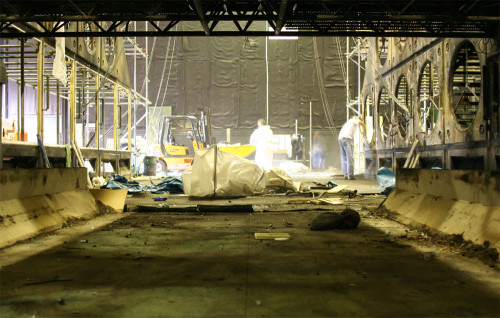
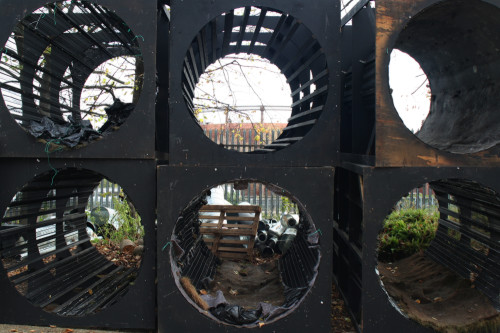
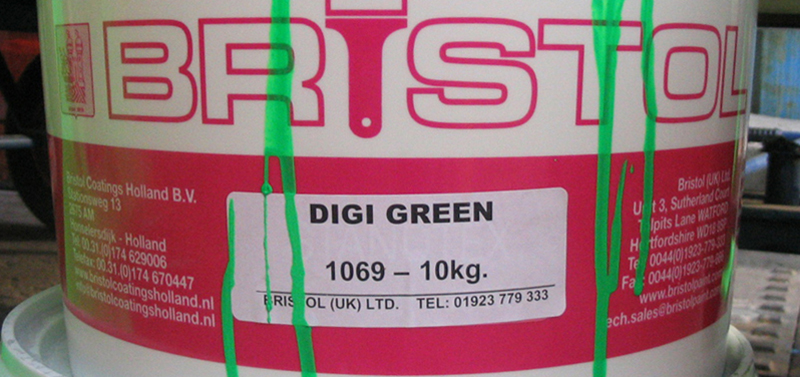
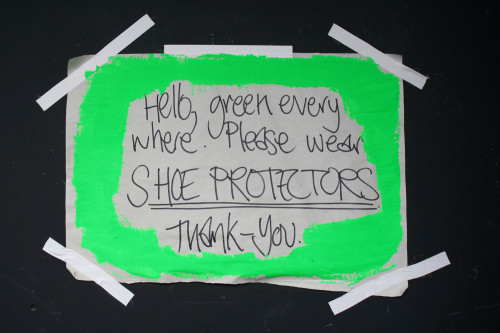
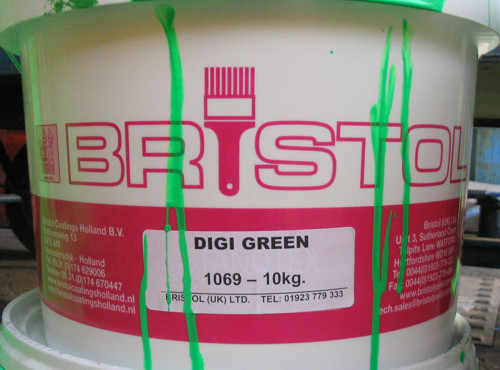
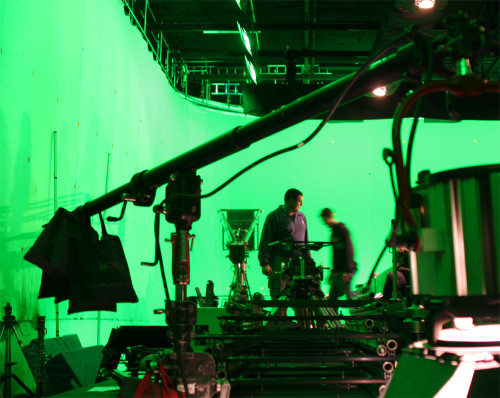
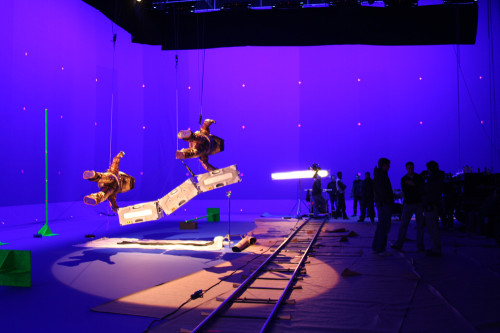
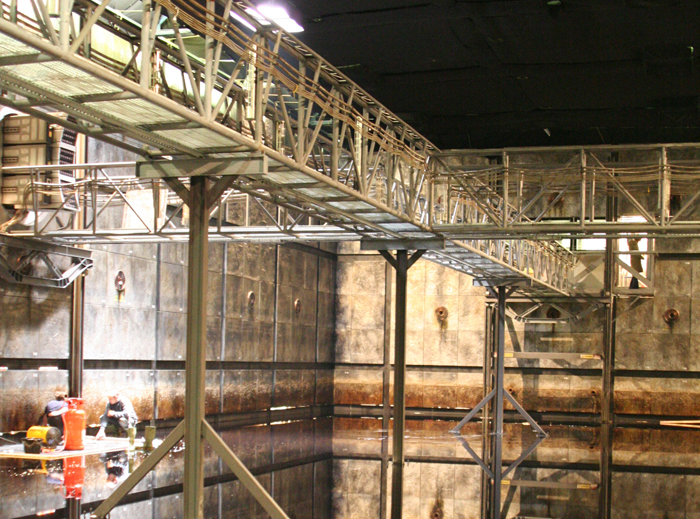
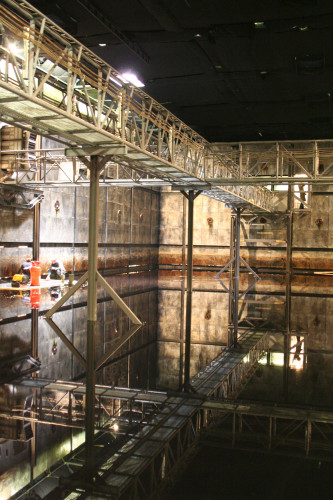 It’s a massive set- the biggest on the film- filled with an oil-like substance made by the Set Decorating Department. Obviously, oil itself wouldn’t be ideal on set, so they made it out of safe materials: cellulose, water and aniline dyes. They mixed it all together in different huge vats and then drizzled out the gloopy mixture to fill the entire set.
It’s a massive set- the biggest on the film- filled with an oil-like substance made by the Set Decorating Department. Obviously, oil itself wouldn’t be ideal on set, so they made it out of safe materials: cellulose, water and aniline dyes. They mixed it all together in different huge vats and then drizzled out the gloopy mixture to fill the entire set.
